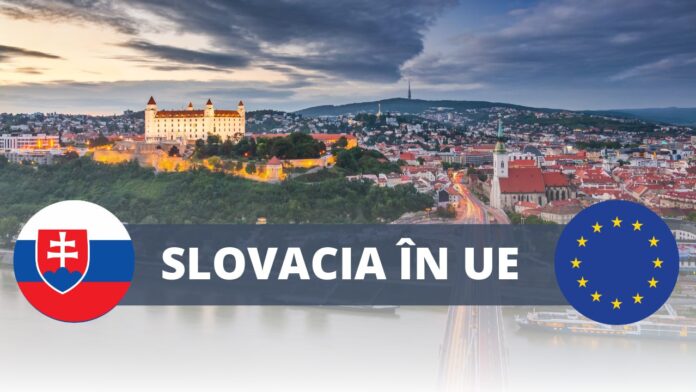In 2004, Slovakia became a member of the European Union and NATO, and in December 2007, it joined the Schengen area. Later, on 1 January 2009, Slovakia joined the eurozone. Slovakia’s economy is one of the fastest-growing economies in Europe and the third fastest-growing in the euro area, according to 2017 data. In 2016, more than 86% of Slovak exports went to the European Union, and more than 50% of Slovak imports came from other EU Member States.
The unemployment rate, which reached 19% at the end of 1999, fell to 5.09% at the end of 2018, the lowest rate in Slovakia’s history. Inflation fell from an average annual rate of 12% in 2000 to just 3.3% in 2002. After accession, inflation reached only 1% in 2010, the lowest rate recorded since 1993.
GDP stood at €33 billion in 2004, rising to over €100 billion in 2022. Compared to 2004, the average gross wage by 2022 has increased substantially. From €400 to €1,250. Foreign investment in the economy (Foreign Direct Investment – FDI) increased from only €12 billion in 2004 to over €45 billion in 2022. The successful economy has also increased Slovaks’ life expectancy. Among men, from 70 in 2004 to 73 in 2022. For women, from 78 in 2004 to 80 in 2022.
FOR THE MOST IMPORTANT NEWS, FOLLOW US ON TWITTER!
This article is part of the “Moldova Chooses Europe” campaign launched by the REALITATEA Press Group, in which we tell the story of the path EU Member States have traveled in the European integration and the economic growth recorded as accession result.



